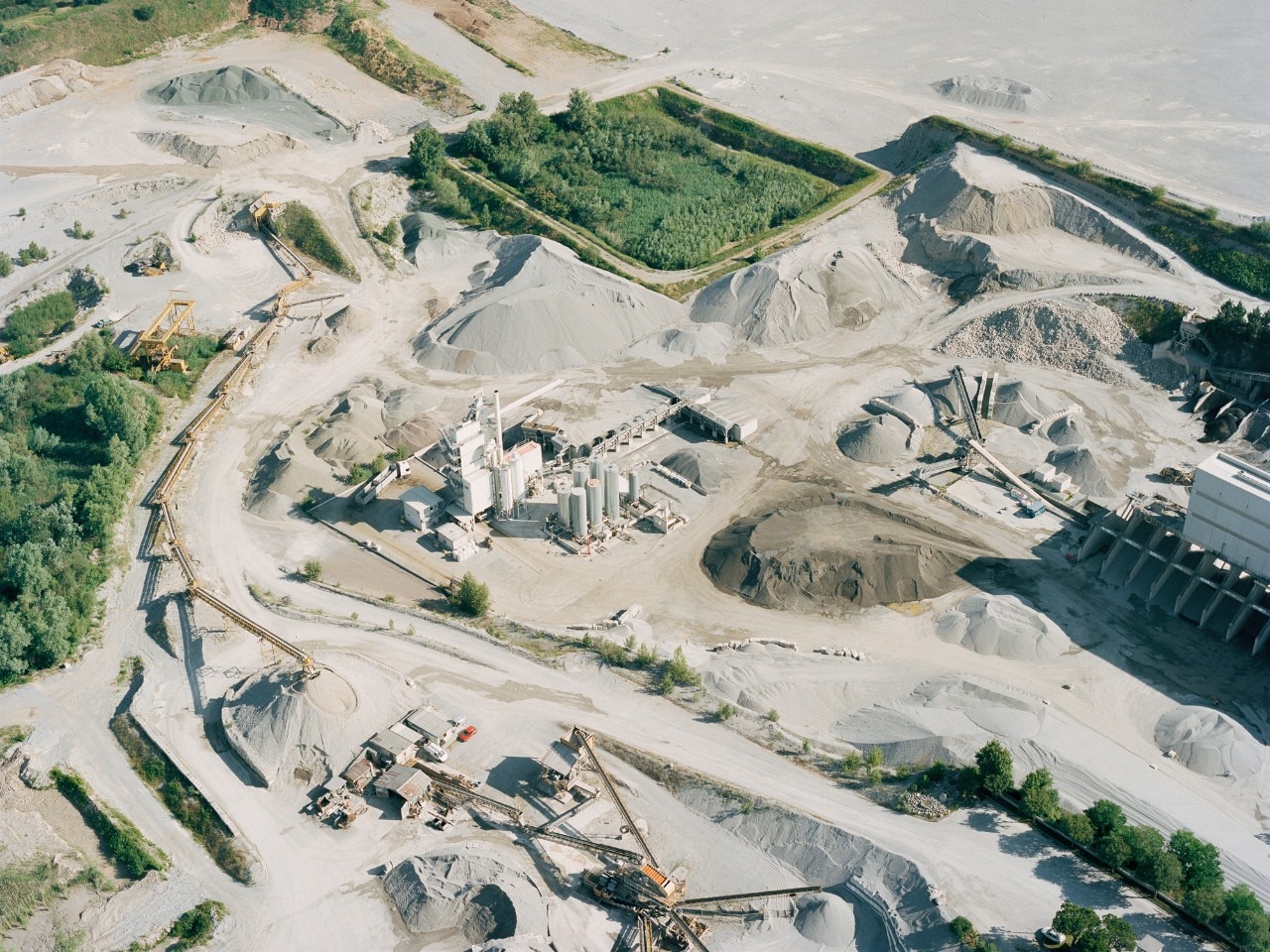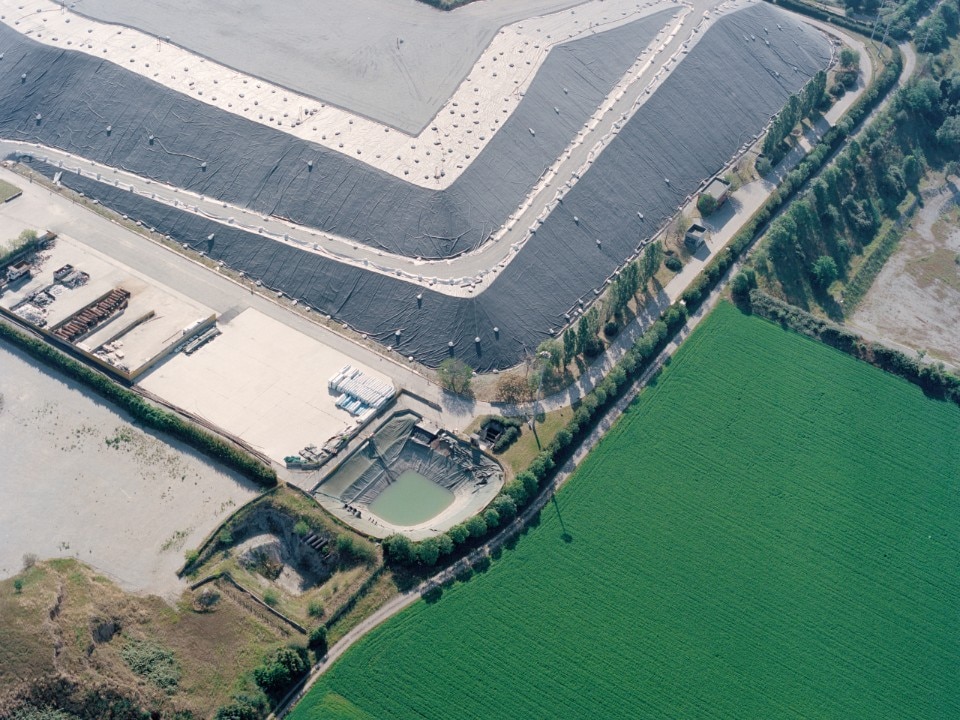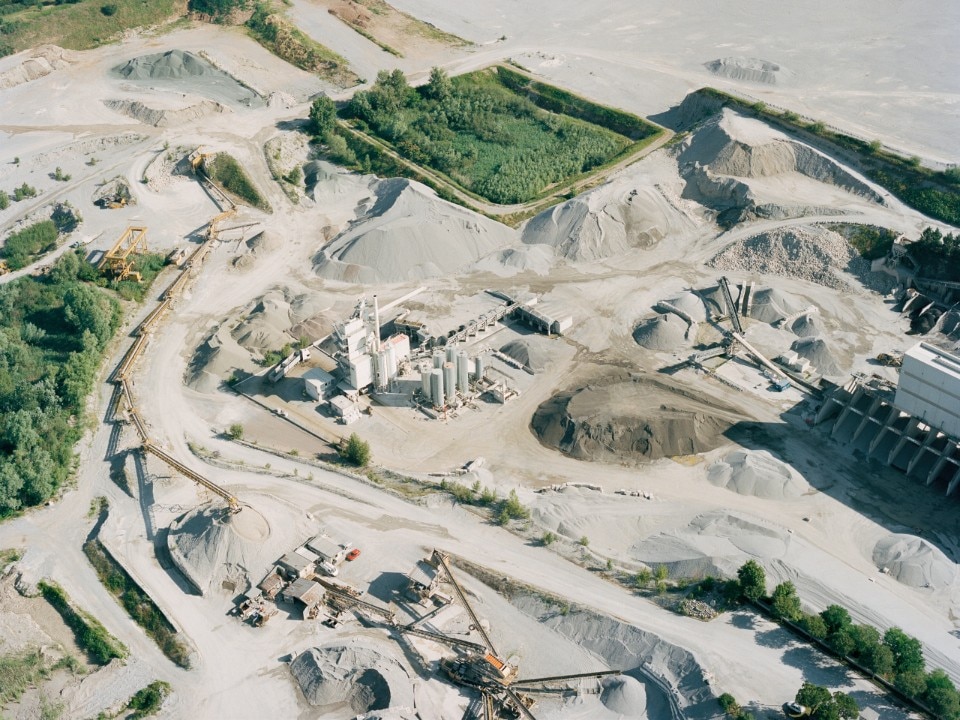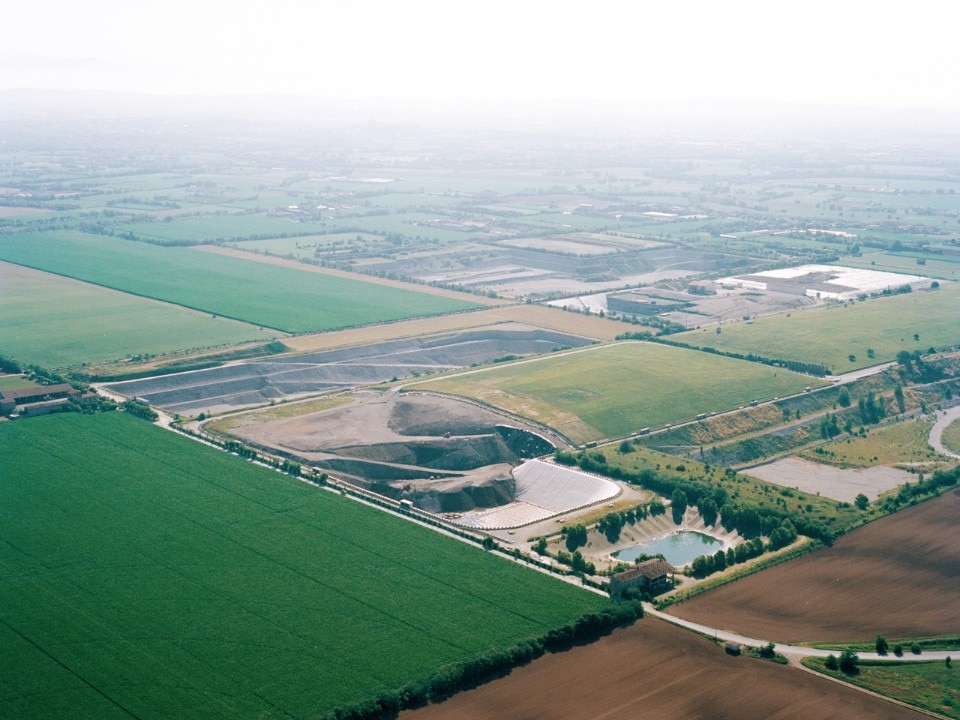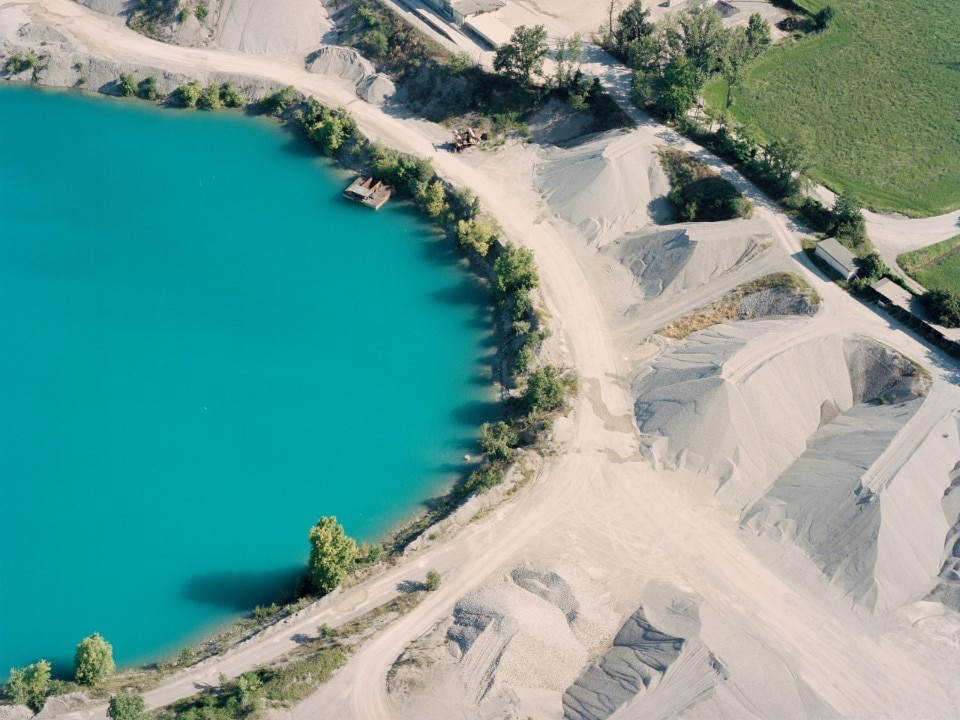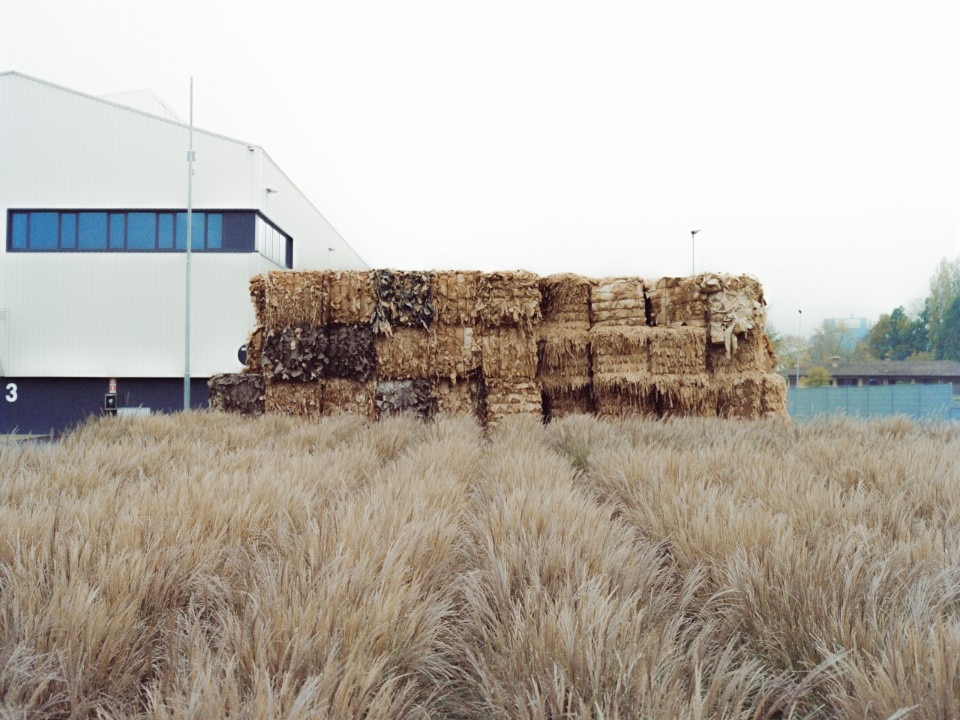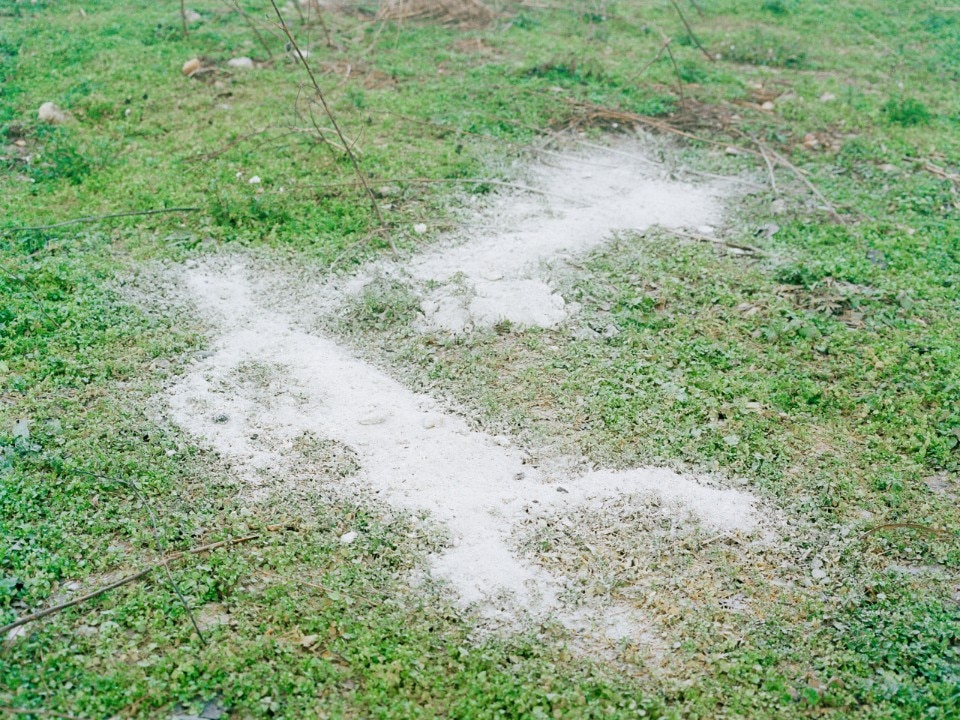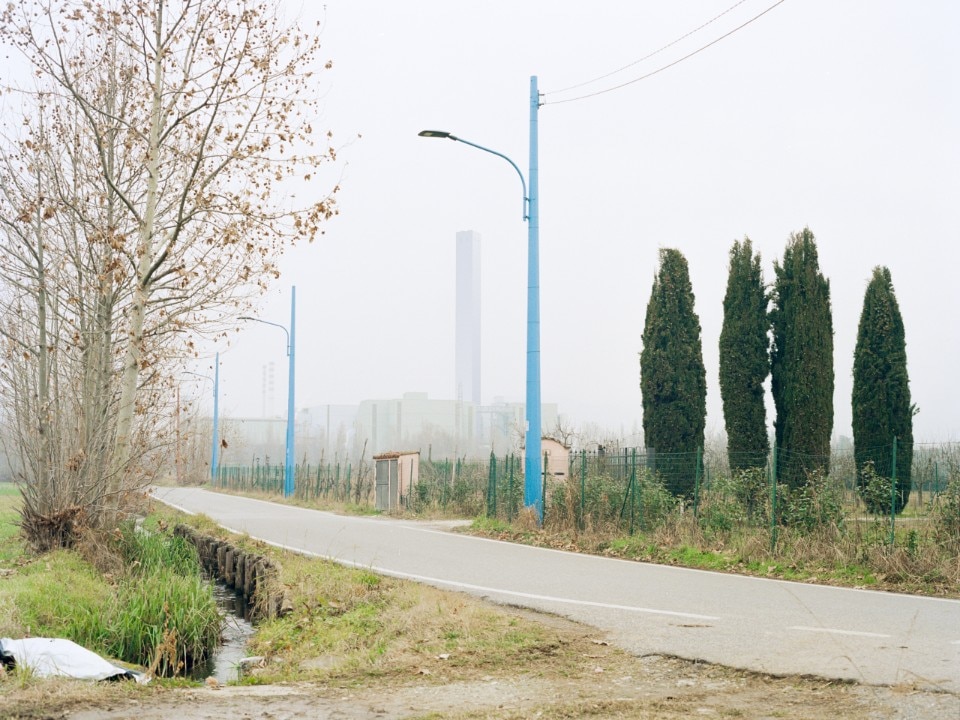There are places which, until they are given a name, seem not to exist. The Land of Holes is one of these. We are in the southern part of the province of Brescia, one of the most industrialised areas in Italy and probably in Europe. This is the land that photographer Mattia Marzorati has documented for two years, starting in 2019, to show everything that cannot be seen. The quarries, the holes, which over the last fifty years have been filled with waste from all over Italy, then covered to create small hills of earth and grass that hide, or camouflage, what lies beneath.
A project thanks to which Mattia Marzorati has just won the RESET prize from the Ministry of Culture, and which will be on show in September at the SIFest photography festival in Savignano sul Rubicone, as well as incorporated into a book published by 6x6.
We met the photographer to find out why, unlike other areas of Italy such as the Land of Fires, the ILVA in Taranto and the chimneys in the Agrigento area, no one has ever talked about the changing landscape of the Land of Holes.
What kinds of pollution did you document with your photographic project?
In the southern area of Brescia, you find a bit of everything. Pollution of the air, soil, groundwater, concreting, radioactive waste, and a high, almost unbelievable if you read the numbers, concentration of landfills.
Landfills. Are these the holes that give your work its title?
The Land of Holes is the definition coined by some activists, an assonance with the better known Land of Fires in the Caserta area. It all stems from the historical presence of gravel, sand and marble quarries in the area. After being used over the last forty years a decision was made to fill these cavities with waste. The mining vocation of the area is the original sin of the whole phenomenon.
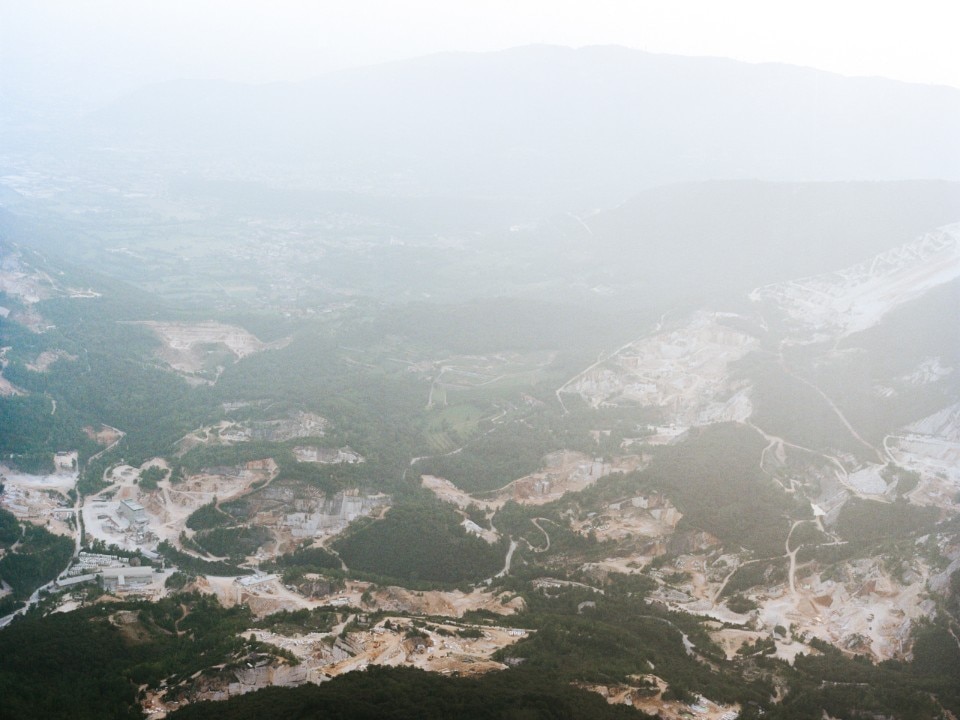
What led you to investigate this area?
I live in Cantù and there are many landfills near my home, for example the one in Mariano Comense, which has ignited several times in recent years. So wanting to understand what was going on around me, I started to study medical data and statistics. I focused on reports on the Brescia area, where the concentrations of pollution seemed to be very high. I think this area could be a symbol of the productive and at the same time self-destructive north.
Your work focuses mainly on landscape photography. Is photography able to document its change over time, even when the pollution is invisible?
Most of the pollution is contained in micro-particles in the air, groundwater, soil, and that is the difficult aspect to document visually. In this case I photographed the people who were affected by it.
To show the change in the landscape I took several aerial photos, and what you see is striking. From street level it is very hard to realise what is happening, but when you fly over these areas you can see that throughout the province of Brescia there is a huge amount of filled-in quarries. When the quarries are filled in, they create small artificial hills covered in grass, but everyone knows what's underneath.
Most of the pollution is contained in micro-particles in the air, groundwater, soil, and that is the difficult aspect to document visually.
You have photographed stories that most of the time are recounted through data. What can images add?
We receive data, statistics and reports, it's true. But that is also why I felt it was necessary to do this work, to try and put the phenomenon down on paper. You read the data distractedly, so I tried to build a narrative that was also visual, not just statistical.
Over the last year and a half, the Brescia area has been one of the areas most affected by Covid-19. There has been a lot of talk about the connections between pollution and the circulation of the virus. Are people in the area beginning to realise that pollution can also have immediate effects?
The fact that this is an area where economic prosperity is very high creates a lot of difficulties when you want to question the actual state of affairs. Raising awareness among people who haven't had problems in their families is not easy; everyday life seems to carry on and you only see the problem in the long term. With Covid-19 the problem hit us in a traumatic way. But, on the other hand, there's also been an economic crisis, so people are in a hurry and anxious to get back to previous levels of well-being, with previous methods.
Certainly there are eco-mafias, crime, exploitation, in short, the whole system of illegality. But do you think that the Land of Holes is also the result of bad – legal – land planning?
To speak of planning is generous. The legal waste business has suited everyone for a long time. Until the numbers and quantities of waste reached such a high level that they had an impact on daily life and on the landscape, there was no great planning. When in Montichiari there are sixteen landfills with millions of tonnes of waste stored, it is clear that very little planning has been done. The dark and illegal side is very disturbing, but it relies on a system that has not taken care of its land.
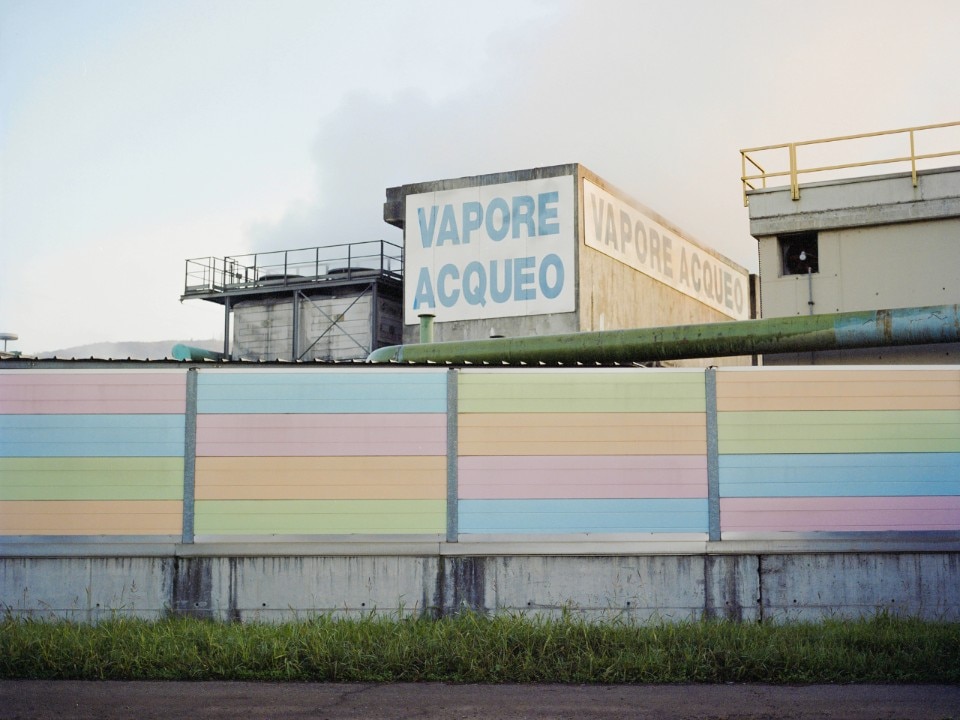
There is one particular photo in your work where you can see a factory with the big Water Vapour sign on the chimney. The impression is that industry has to reassure the local population, its neighbours, by saying “it's only water vapour, there's no danger”.
These things are done to reassure, despite the fact that the smoke is, perhaps, really water vapour. But there are also the coloured boundary walls. Aesthetically, in other words, many industries look more like a playground than factories. I thought it interesting to photograph these aspects, because it's a strategy that works very well. If you're faced with a refined appearance with flowerbeds and cypress trees, you do not realise how dangerous the places really are. In everyday life, people pass by a coloured wall and have a positive perception.
Does the fact that you have done this work entirely on film have any significance?
They are all medium format and analogue photographs. I always shoot digitally, but this time I wanted a slower approach. Even the aerial photos were taken with the analogue medium format camera, so I couldn't go wrong. It was a job which raised few questions about editorial dynamics, about its perception by the public. In fact, I worked on my own on the editing as well, this is a subject I care about and so I wanted to follow it with all possible calm and attention.


